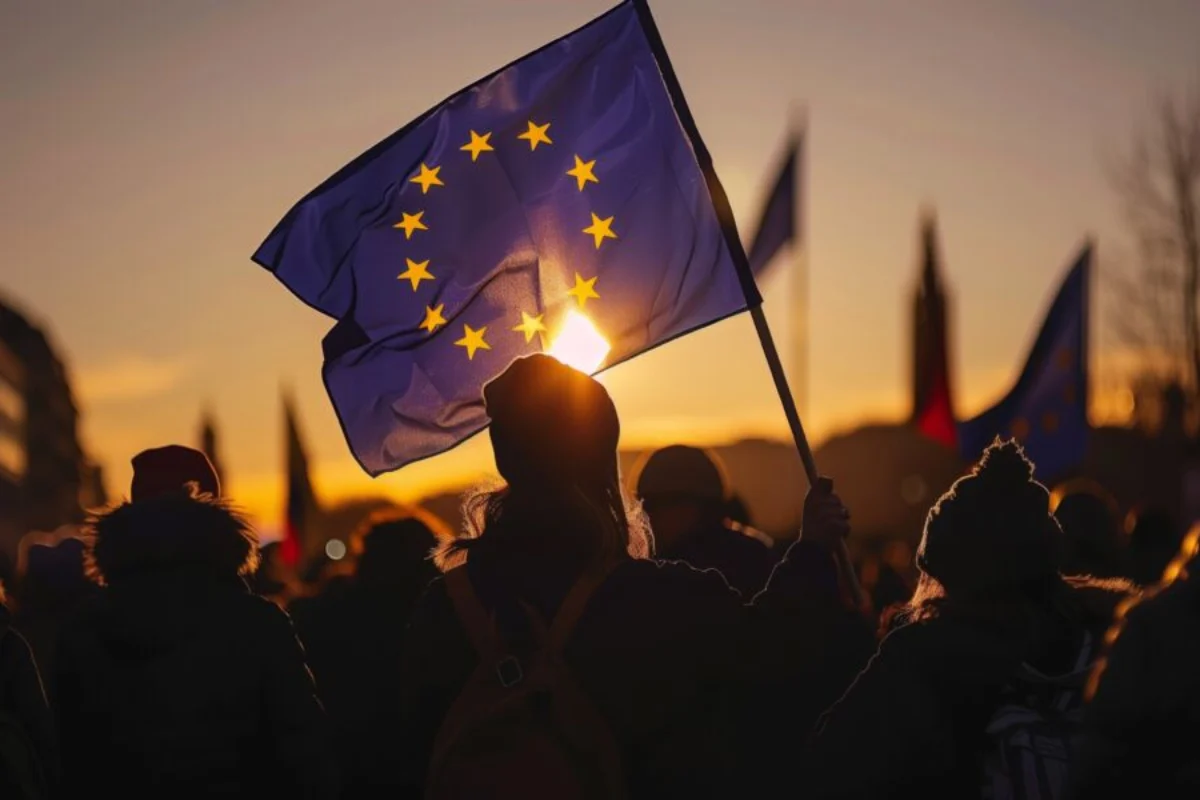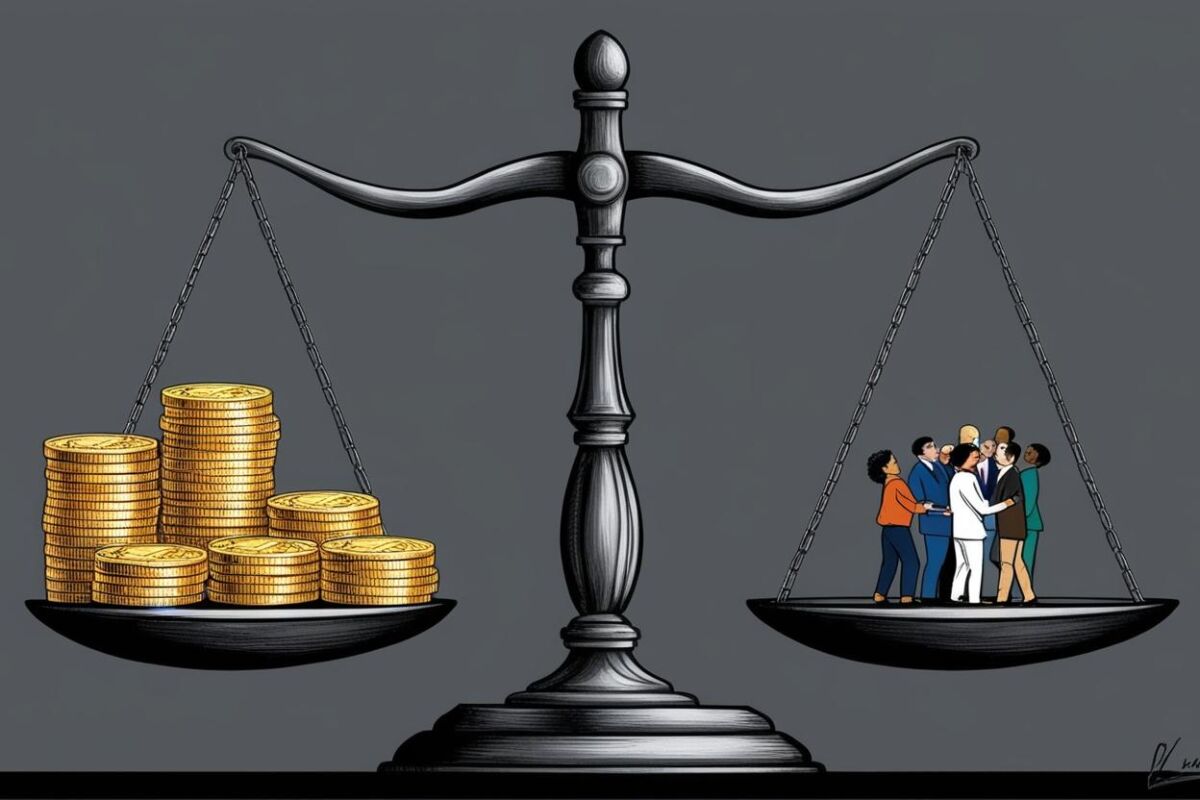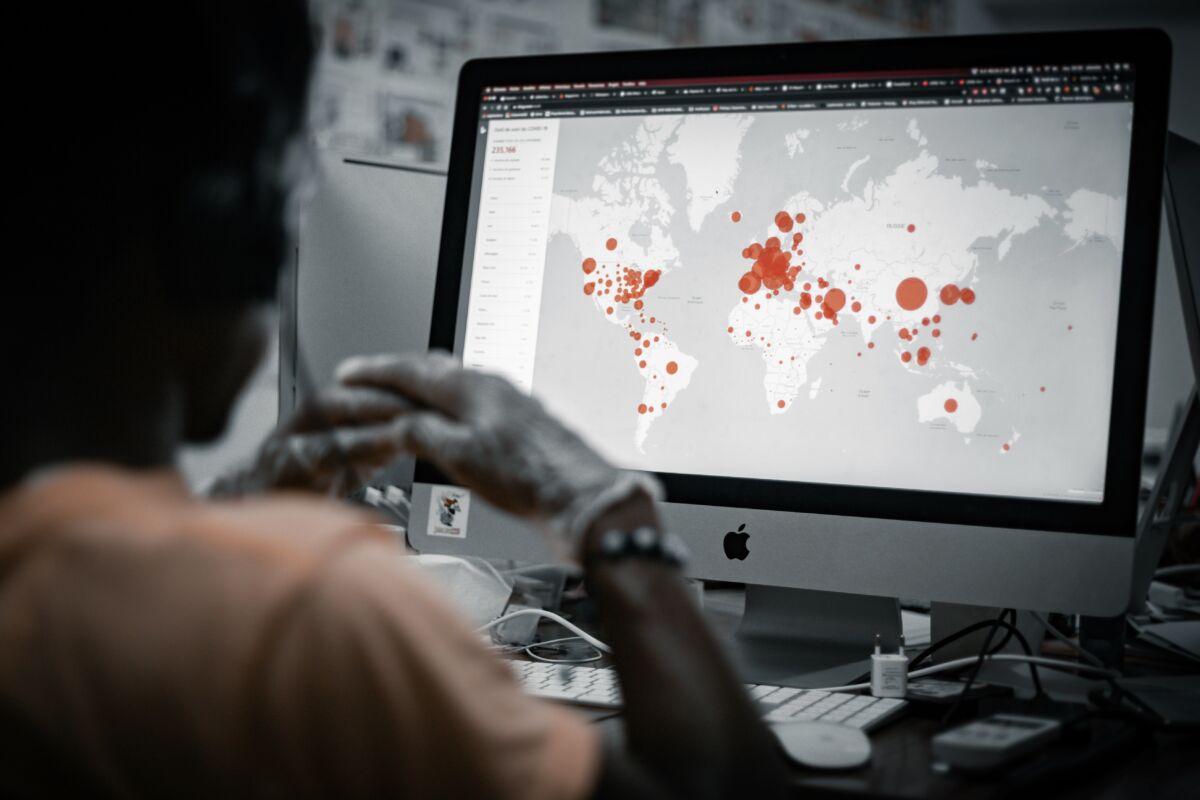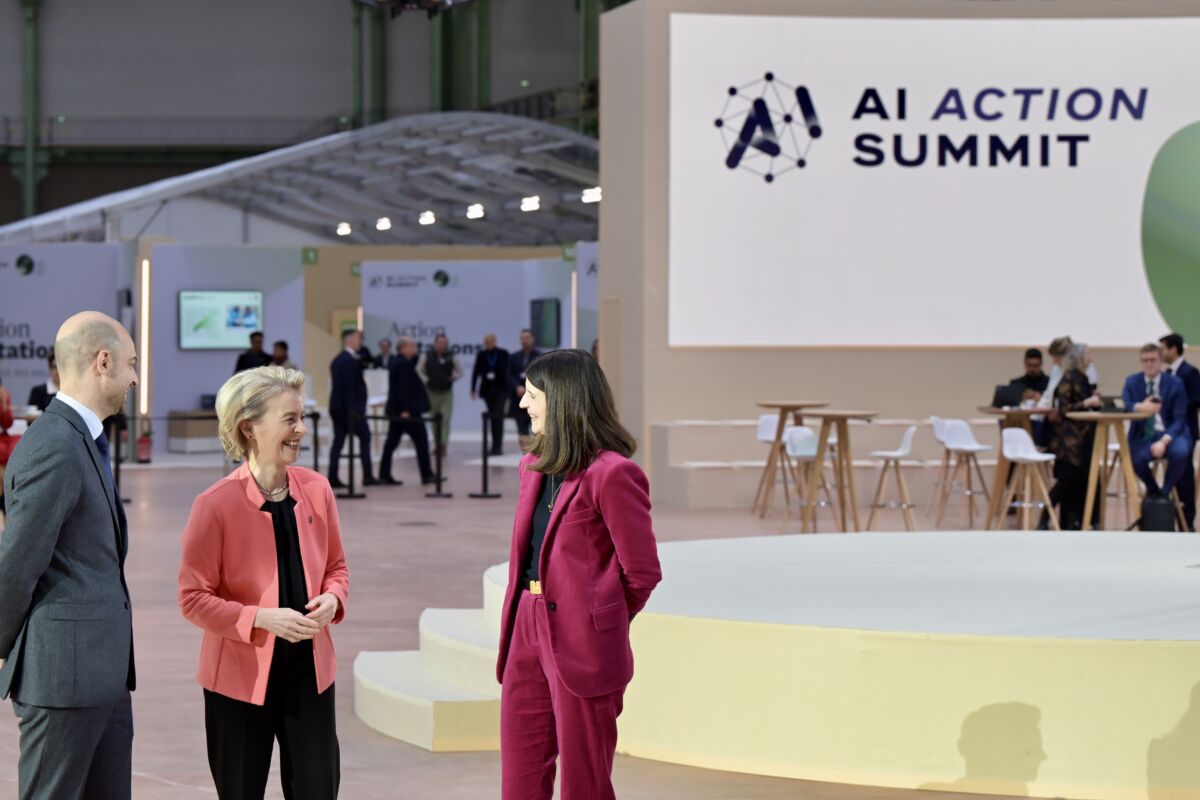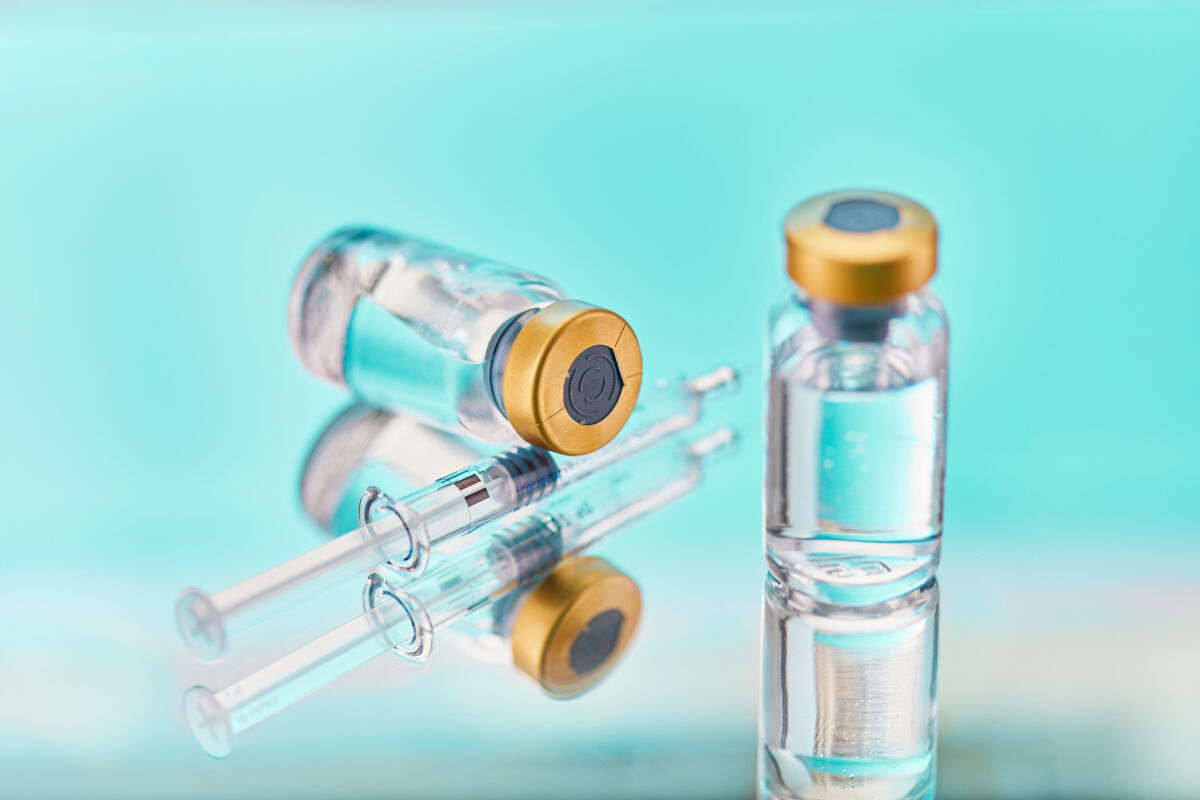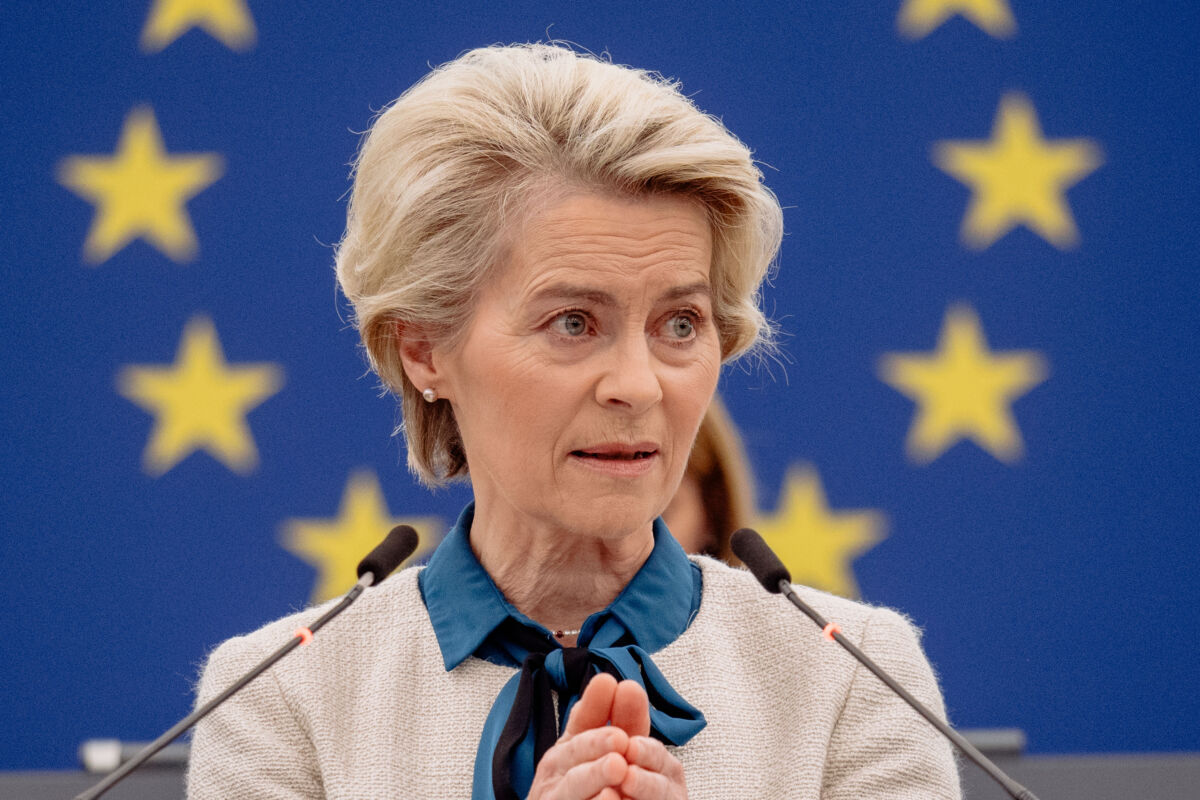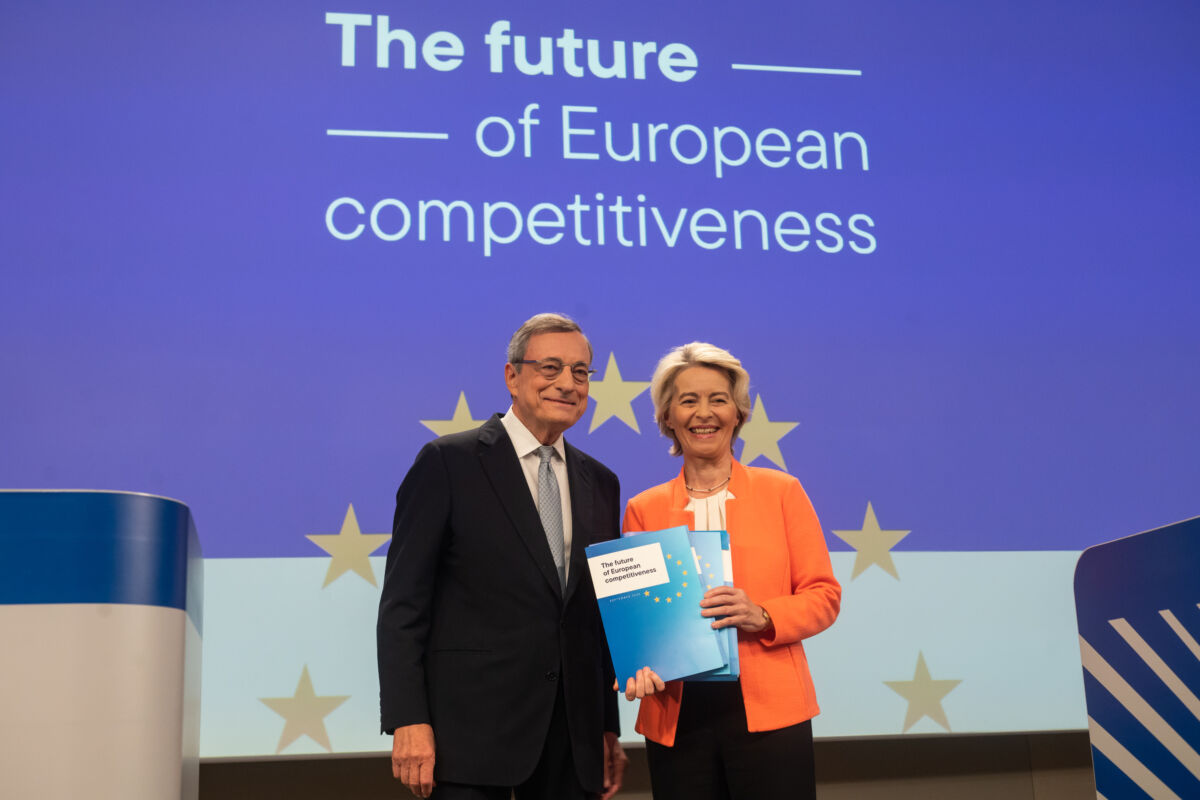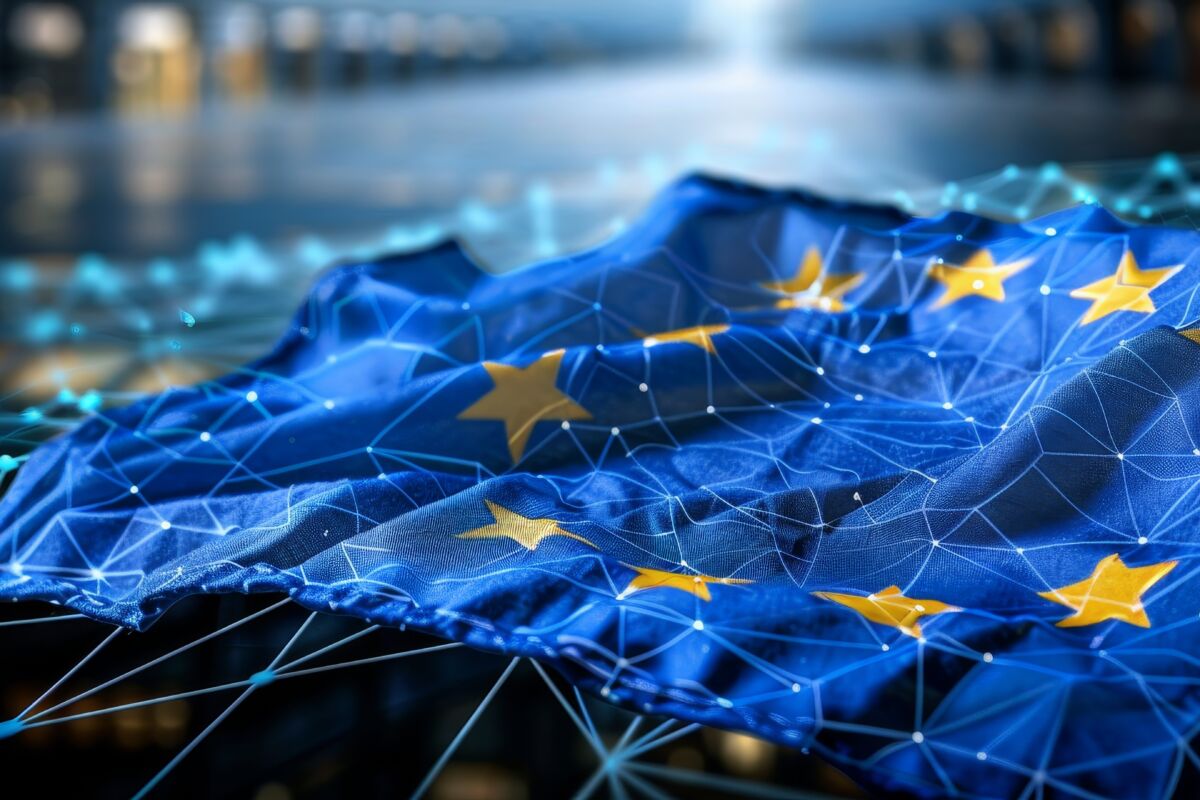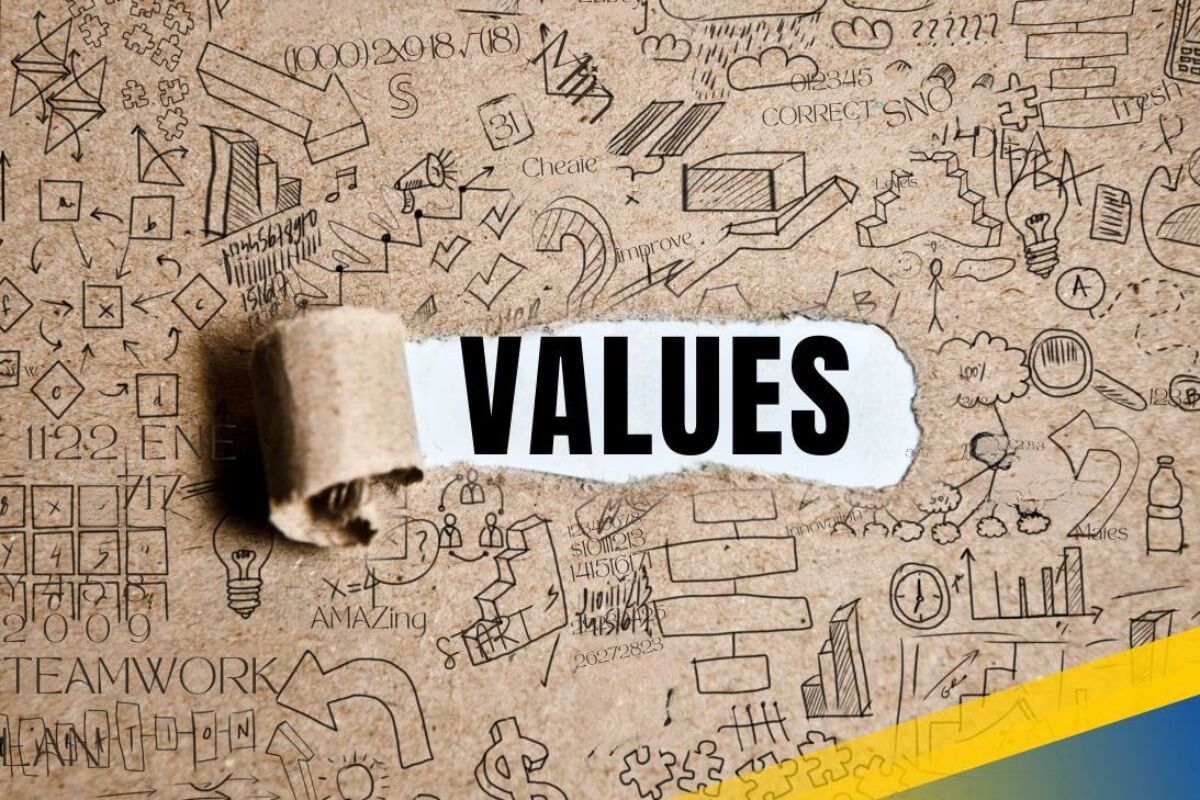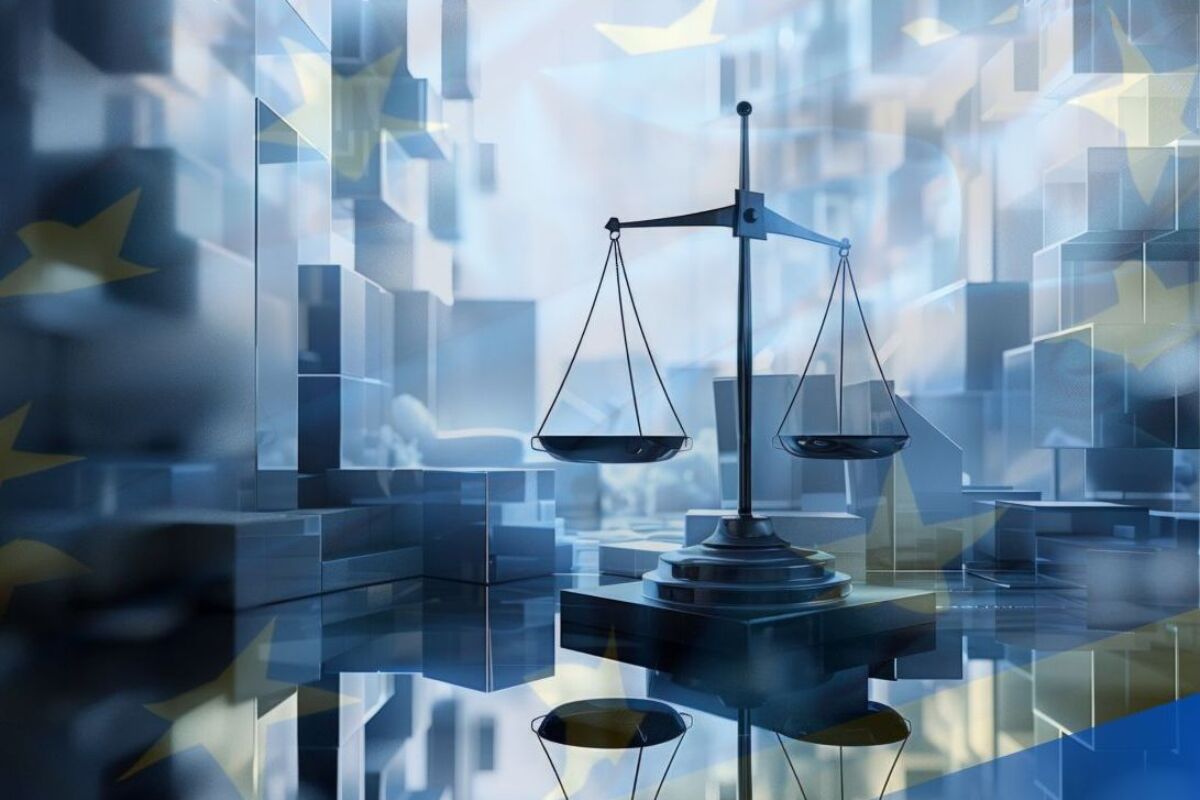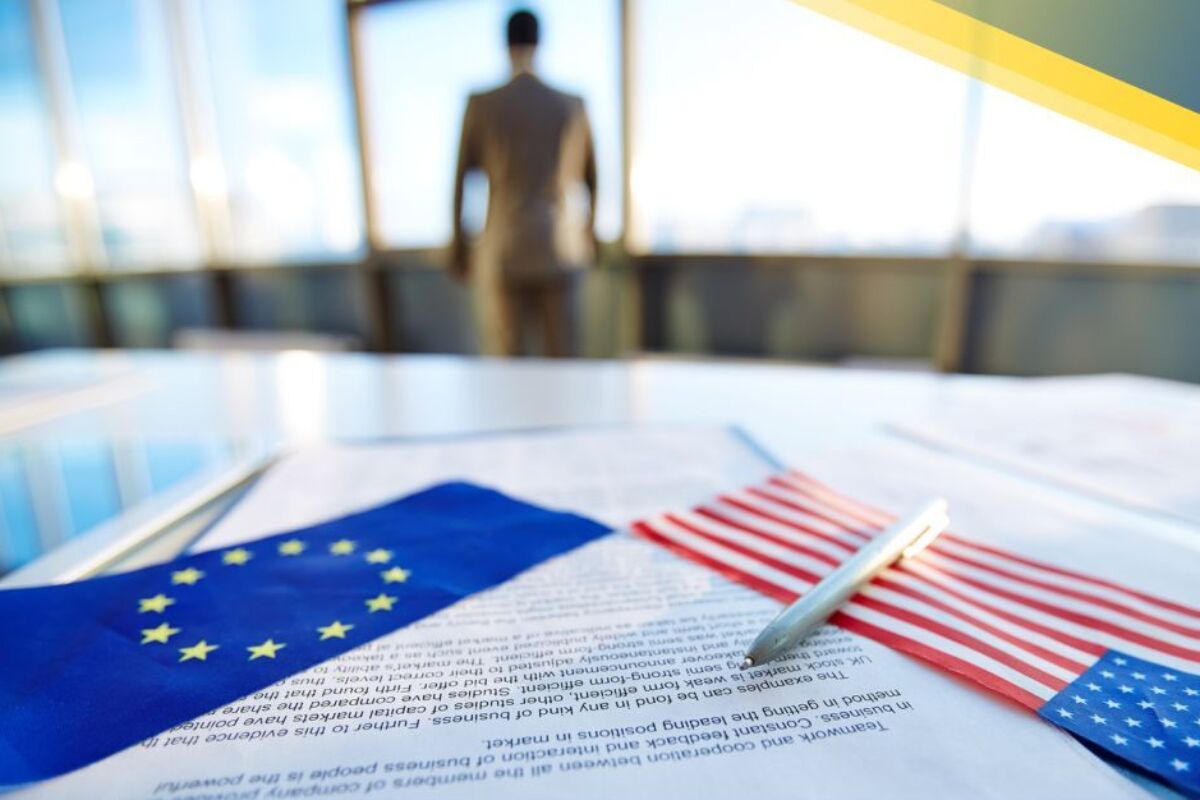Gender is largely absent from the EU’s antimicrobial resistance (AMR) policies and strategies. Yet AMR is a major global health threat. It happens when microbes (bacteria, viruses, fungi and parasites) stop responding to medication, making infections harder to treat, and increasing the risk of severe illness and death. Misuse and the overuse of antibiotics accelerate resistance, turning once-treatable infections into serious health risks.
AMR is a global crisis, causing around 4.7 million deaths in 2021, including 35 000 in the EU and EEA. Recognising the urgency of this threat, the EU named AMR among its top priorities in its Global Health Strategy. The EU is playing a key role in shaping global and regional AMR policies and research through its funding commitments – which account for one-third of global AMR development assistance in 2020 – and collaborations, such as the Joint Programming Initiative on AMR, the Global AMR R&D hubs and other Horizon Europe initiatives.
Despite growing awareness of the need to recognise gender in AMR research, EU efforts have failed to incorporate gender or gender considerations. This is a significant oversight and needs to be immediately rectified as gender influences AMR risk, management and the effectiveness of health policies and interventions. Global research shows that women are more likely than men to use antibiotics in their lifetime. This trend is reflected in EU data, where women report slightly higher antibiotics use over the past year compared to men.
A missing piece in the AMR response
Gender plays a key role in health, shaping how people access and experience healthcare. Gender refers to the expectations that society assigns based on being a woman, man or another preferred gender identity. This can influence health behaviours and how the healthcare system responds, leading to access and outcome differences for women, men and gender-diverse individuals.
Gender, however, is consistently overlooked in AMR research and policymaking, both in the EU and globally.
A recent analysis of EU AMR policy priorities, as well as a proposed monitoring framework for the EU’s One Health Action Plan on AMR, make absolutely no mention of gender. None of the proposed indicators reference sex or gender differences and there’s no guidance on collecting gender-disaggregated data. Gender’s absence highlights a persistent blind spot in AMR policymaking.
Globally, the situation is similar. Countries typically develop multi-year National Action Plans (NAPs) to outline strategies, funding and collaborative efforts to ensure alignment with global guidance. A review of 145 NAPs found that 86% didn’t include gender and about 70% failed to acknowledge gender inequalities. This is partly due to the historical lack of gender integration in health policies and the lack of global guidance on gender and AMR. The WHO only released its preliminary guidance to address gender in AMR in September 2024. Additionally, limited research on the gendered dimensions of AMR makes it difficult for policymakers to make evidence-informed decisions.
Why gender matters
Ignoring gender in AMR policies and strategies means missing key insights into how antimicrobial use and resistance develop. Gender differences shape infection risk, health seeking behaviour and access to treatment. In the EU, women are more likely to be prescribed antibiotics for conditions such as urinary tract infections, while men over 35 are more prone to infections that require antibiotics.
Recognising when and how to address gender differences is critical to developing AMR policies that are both effective and equitable. AMR policies that overlook gender may inadvertently exacerbate existing gender inequities. There’s also limited research on effective strategies to address harmful gender norms and practices that contribute to AMR risk.
Gender mainstreaming – which considers women, men and other gender perspectives in decision-making – is already utilised in EU policymaking. Horizon Europe, for instance, requires research proposals – including research on AMR – to include gender considerations.
But consideration alone isn’t enough. Neglecting gender risks limiting the effectiveness of AMR policies in disregarding women’s role in how to appropriately use , exacerbating gendered barriers to treatment, and can contribute to women’s economic burdens.
Of course, gender alone is also not sufficient – solely using a gender lens disregards broader health inequalities (social, economic, political) that also impacts AMR.
What should happen next
Now’s the time for EU leadership to advance gender integration into AMR efforts. Recent setbacks in gender-focused research internationally make this all the more important.
There are a few preliminary actions the EU can take in moving the needle on gender inclusion in AMR actions.
First, we need more specific data about gender in connection to AMR. This includes systematically collecting and reporting sex- and gender-specific data in AMR research and policy evaluations, ensuring privacy and ethical considerations are prioritised. For example, integrating gender indicators and recommendations on stratifying indicators by sex and gender in the proposed monitoring framework for the One Health Action Plan can help standardise the EU’s approach for tracking EU-wide and Member State-level efforts.
Second, it’s important to engage diverse stakeholders in the AMR response. A broader range of voices – including women, men, gender-diverse individuals and other vulnerable groups – should be proactively engaged in decision-making processes to ensure AMR policies and strategies address real-world challenges and inequalities.
Third, gender should be embedded into EU AMR policies, strategies and Member State NAPs. The EU should explicitly include gender as a priority in its future AMR strategies, ensuring that gender-sensitive and specific policies are developed at both the EU and national levels. Given the demonstrated value of gender-inclusive approaches in other health areas, applying similar frameworks to AMR will improve outcomes and enhance policy effectiveness.
Including gender experts in technical working groups such as the Transatlantic Task Force on Antimicrobial Resistance, AMR One-Health Network or the EuroTech AMR Task Force can create avenues to integrate expertise on gender and identify opportunities in ongoing and future work. Sessions focused on gender outcomes and AMR data can also be included as part of EU-wide knowledge exchange platforms, including the One Health Conference or One Health Seminars. As EU Member States update their NAPs – as many expire in 2025 – the European Commission, which typically conducts a technical review, should actively promote the inclusion of gender analyses, including disaggregated AMR data and indicators in the next set of NAPs.
The EU must act now
As AMR continues to threaten global health, failing to integrate gender into AMR policies and strategies is a missed opportunity. The EU has the resources, influence, and mechanisms to provide critical leadership — but needs to act now.
Integrating gender into AMR efforts will not only create more effective policies but it will also strengthen the EU’s ability to combat one of the world’s most pressing health challenges.
For the third year in a row, CEPS is marking International Women’s Day on 8 March with a special short series of Expert Commentaries to highlight the insights and expertise of some of our most talented female researchers.




